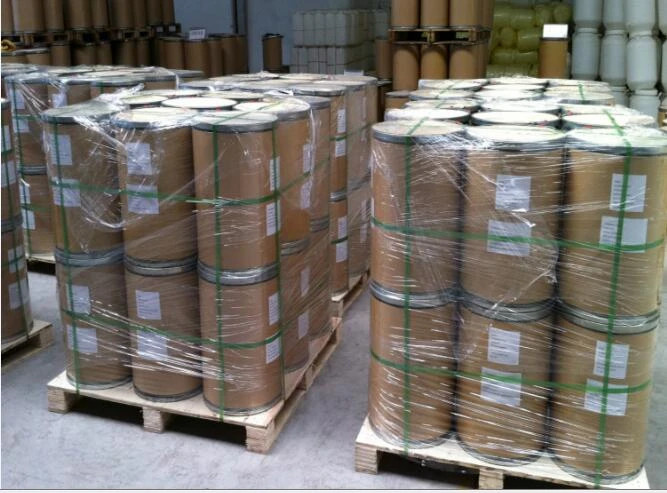An Overview of Additives for Plastics Enhancing Performance and Functionality
In the realm of plastic manufacturing, the introduction of additives plays a crucial role in enhancing the properties and performance of various plastics. The plastics industry has evolved significantly, with additives now recognized as essential components that not only improve the overall quality of plastic materials but also tailor these materials to meet specific application demands. This article delves into the various types of additives used in plastics, their functions, and the importance of these substances in various industries.
Understanding Additives in Plastics
Additives are substances added to plastics to achieve specific characteristics or to improve their processability and performance. The incorporation of additives can modify physical properties, improve aesthetics, and enhance durability. These materials can intervene at various stages of the plastics lifecycle, from production to end-use, providing a range of benefits.
Types of Additives
1. Plasticizers These are perhaps the most well-known additives and are commonly used to increase the flexibility and workability of plastics. By lowering the glass transition temperature, plasticizers make materials like polyvinyl chloride (PVC) softer and more pliable. They are particularly beneficial in applications requiring flexible and durable products such as cables, flooring, and films.
2. Stabilizers Thermal and UV stabilizers protect plastics from degradation caused by heat and ultraviolet light exposure. For instances where plastics are subjected to outdoor conditions, stabilizers are vital to prolonging the lifespan of the material. They help maintain the physical properties of plastics over time, ensuring that they remain functional and visually appealing.
3. Fillers Fillers are added to plastics to reduce costs and enhance specific properties, such as strength and stiffness. Common fillers include talc, calcium carbonate, and glass fibers. The incorporation of fillers can significantly improve mechanical properties while also reducing the overall weight and cost of the plastic material. This makes them ideal for applications in automotive parts, construction materials, and consumer goods.
additives for plastics handbook

4. Colorants To achieve the desired aesthetics, colorants such as dyes and pigments are used in plastic production. These additives allow manufacturers to produce vibrant and appealing products that meet consumer preferences while also providing UV protection based on their formulation.
5. Flame Retardants Safety is a paramount concern in many applications, particularly in electrical and construction industries. Flame retardants are crucial additives that help inhibit the spread of flames. They are incorporated into plastics used in electrical wiring, furniture, and building materials to comply with safety regulations and mitigate fire hazards.
6. Antimicrobial Agents In an increasingly health-conscious market, antimicrobial additives are gaining prominence. These substances inhibit the growth of bacteria, fungi, and other microorganisms on plastic surfaces, making them ideal for applications in medical devices, food packaging, and consumer goods.
Importance of Additives
The use of additives in plastics has become integral to meeting the ever-evolving demands of various industries. With increasing competition and a drive for innovation, manufacturers are focused on developing high-performance plastic materials. Additives enable the customization of plastic properties, allowing for applications that specific materials otherwise could not fulfill.
Moreover, the environmental impact of plastics is an ongoing concern. Additives can contribute to sustainability by enhancing the recyclability of plastics or improving their biodegradability. For instance, certain additives can be integrated into the formulation of biodegradable plastics, enabling them to decompose more effectively after their life cycle.
Conclusion
Additives are an essential component of modern plastic manufacturing, providing diverse functionalities that enhance the properties and performance of plastics. From improving flexibility and strength to ensuring safety and environmental sustainability, these additives enable the plastics industry to innovate and meet the specific needs of various applications. As technology advances, the development and application of new additives will continue to play a vital role in the future of plastic materials and their usage in our daily lives. The ongoing research and exploration of additives ensure that the plastics industry remains dynamic, adaptable, and responsive to both market demands and environmental considerations.

